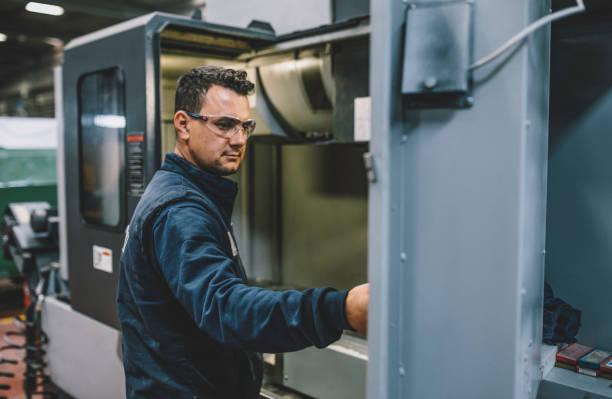How to Make a CNC Program
CNC programming is the key to turning creative ideas into real-world, precise products. Learning how to make a CNC program can significantly elevate your capabilities in manufacturing, whether you’re a hobbyist, an aspiring CNC machinist, or a business owner looking to improve your shop’s efficiency. In this guide, we’ll cover everything you need to know about creating a CNC program, including understanding G-code, choosing the right software, and optimizing your CNC machine’s capabilities.
Understanding CNC Programming
CNC programming involves creating a series of instructions that tell the CNC machine how to move and operate. These instructions are often written in G-code, which is the standard language used to control CNC machines. CNC programs can include instructions for various tasks such as cutting, drilling, milling, and more, depending on the type of machine and the job requirements.
CNC programming plays a pivotal role in translating a design into a physical product. The goal is to ensure that the machine cuts and shapes the material exactly as intended, with precision and efficiency. Learning how to create these programs is essential for anyone looking to work in modern machining.
Why is CNC Programming Important?
- Precision and Efficiency: CNC programs allow for high precision, which is crucial in industries like aerospace, automotive, and manufacturing where accuracy is paramount.
- Automation: Once a CNC program is created, it can be used repeatedly, saving time and labor costs in production.
- Complex Machining Tasks: CNC programming enables machines to carry out complex tasks, such as multi-axis cutting and intricate milling operations, which would be nearly impossible to do manually.
Whether you’re dealing with metal, wood, or plastics, a well-written CNC program is the foundation for achieving consistent, high-quality results.
Internal Link:
For high-quality spindles that enhance CNC programming precision, consider our CNC Spindle Motors, designed to improve the performance of CNC machines.
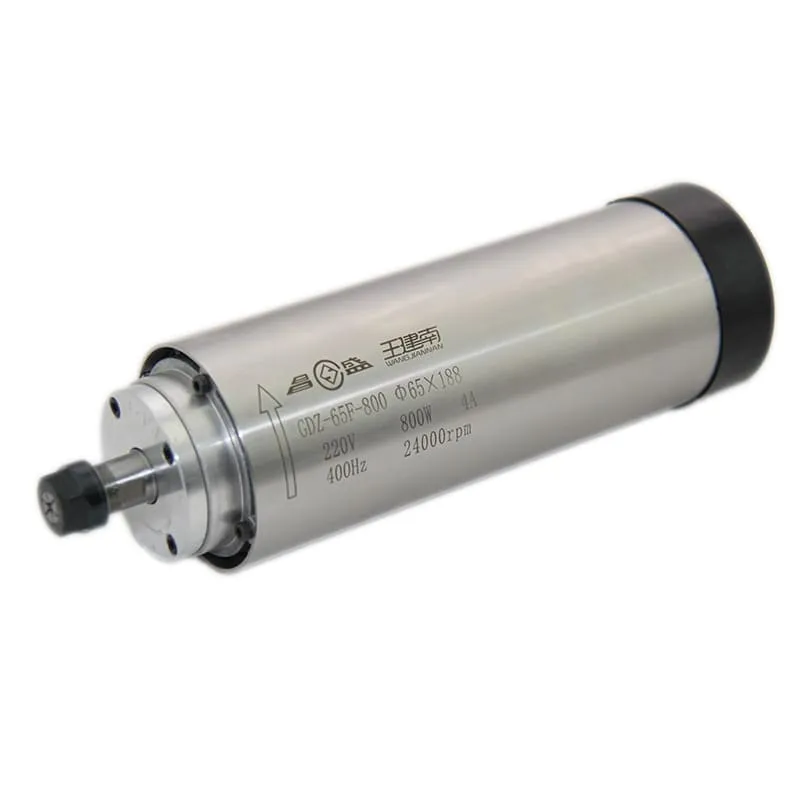
Our 800W ER11 Air-Cooled Spindle is ideal for small CNC applications.
Tools and Software Needed for CNC Programming
To create a successful CNC program, you’ll need several software tools and components, from CAD software for design to CAM software for tool path generation, and finally, CNC control software to operate the machine. Let’s look at these tools in more detail.
1. CAD Software: Designing the Part
CAD (Computer-Aided Design) software is the first tool you’ll need for CNC programming. CAD programs, such as AutoCAD, SolidWorks, or Fusion 360, allow you to create a digital blueprint of the part you want to produce. This digital drawing forms the foundation of your CNC program.
Benefits of CAD Software:
- Precision Design: Create detailed 2D or 3D models with exact measurements.
- Visualization: View the part in 3D before it’s machined, helping you catch any design flaws early.
Once your part is designed, it needs to be converted into a set of instructions that the CNC machine can understand, which brings us to CAM software.
Internal Link:
For more details on selecting compatible spindles, explore our 1.5KW ER11 Round Air-Cooled Spindle, which is perfect for CNC machines needing precise design capabilities.
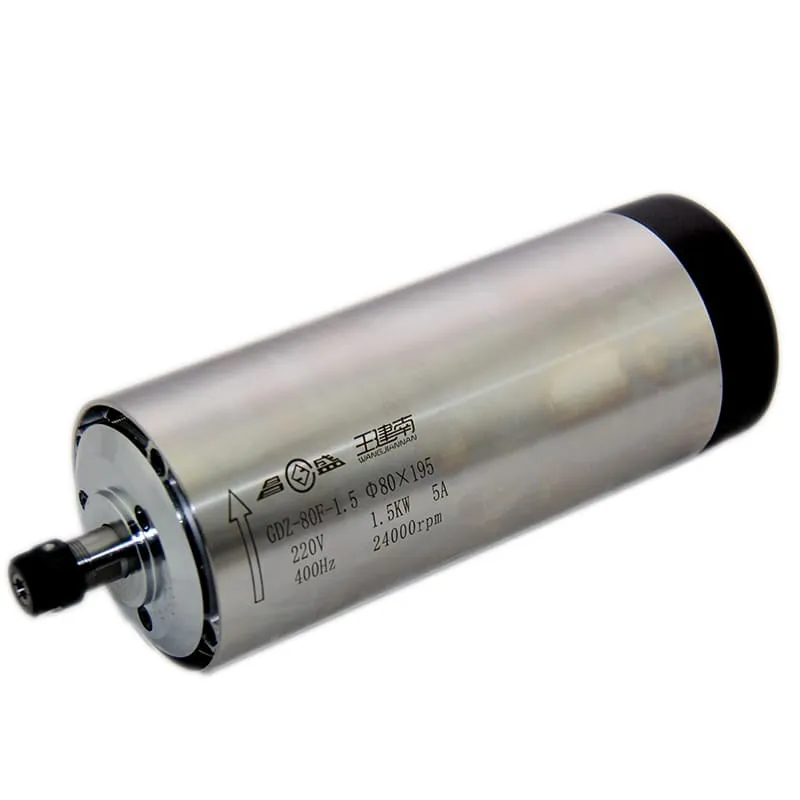
This spindle ensures precise, smooth operations for a variety of CNC tasks.
2. CAM Software: Converting Design to G-code
CAM (Computer-Aided Manufacturing) software is used to convert your CAD drawing into G-code, which is the language that CNC machines understand. Popular CAM software includes Fusion 360, Mastercam, and Carbide Create.
The G-code tells the CNC machine how to move: how fast, where to go, and how deep to cut. Using CAM software is crucial because it helps generate efficient tool paths, which saves time and reduces tool wear during machining.
Benefits of CAM Software:
- Tool Path Optimization: Ensures the most efficient movement of the tool, which saves material and reduces wear.
- Simulation: Most CAM software provides a simulation feature, allowing you to see how the part will be machined before the actual operation.
Internal Link:
Check out our 2.2KW ER25 Square Air-Cooled Spindle for excellent performance in CAM-driven CNC projects.
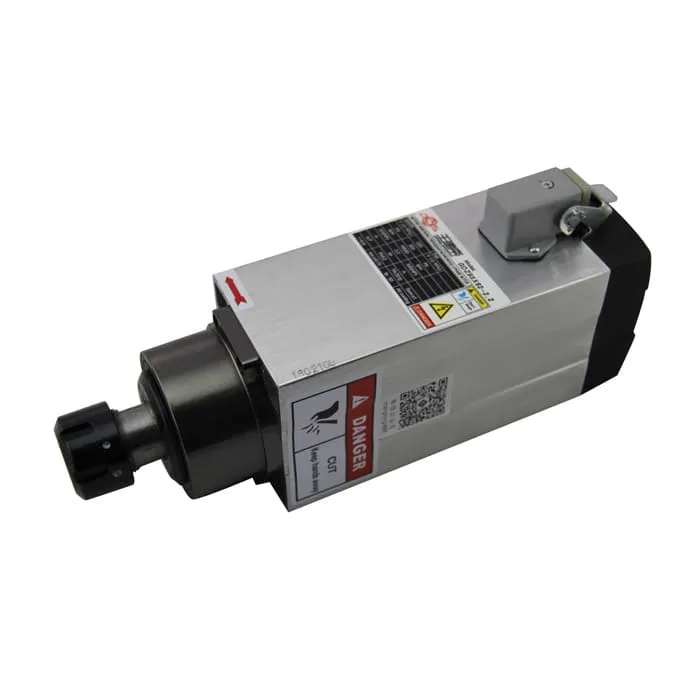
The ER25 spindle is highly compatible with CAM operations that require efficiency and precision.
Writing G-code for CNC Programming
G-code is the backbone of CNC programming. It is a language made up of instructions that tell the machine what actions to perform, such as moving the tool to a specific point, turning the spindle on or off, or setting a particular feed rate.
Basic G-code Commands
Some of the common G-code commands include:
- G00: Rapid movement to a position without cutting.
- G01: Linear cutting to a position at a specific feed rate.
- G02/G03: Clockwise (G02) or counterclockwise (G03) circular movements.
- M03/M05: Start (M03) and stop (M05) the spindle.
Example G-code
Here’s a basic G-code example for a simple milling operation:
G21 ; Set units to millimeters
G17 ; Select XY plane
G90 ; Absolute positioning
M03 S1200 ; Start spindle at 1200 RPM
G00 X0 Y0 ; Move to start position
G01 Z-5 F100 ; Move down to cutting depth
G01 X50 Y0 F300 ; Start cutting
G01 X50 Y50 ; Continue to next point
M05 ; Stop spindle
G00 Z10 ; Retract tool
M30 ; End of programThis simple code demonstrates how the machine is directed to move to specific positions, cut along certain paths, and control the spindle.
Optimizing CNC Programs for Efficiency
Efficiency is key when it comes to CNC programming. A well-optimized program reduces tool wear, minimizes material waste, and speeds up production. Below are some strategies to optimize your CNC programs:
1. Use Subprograms and Loops
If your part has repeating patterns, you can use subprograms or loops to cut down on the length of the G-code. This makes the program easier to manage and reduces the chances of errors.
2. Optimize Tool Paths
Always try to minimize non-cutting movements. CAM software is beneficial for this, as it will generate the most efficient path for your tool, saving time and reducing tool wear.
3. Correct Tool Selection
Choose the right tools and cutting parameters for the material you’re working with. For instance, using a carbide end mill for cutting steel will yield better results than using a tool that’s better suited for plastic.
Internal Link:
For tools that match your CNC program needs, consider the 4.5KW ER32 Air-Cooled Spindle, ideal for high-speed operations.

This spindle provides robust power, essential for efficient CNC operations.
Troubleshooting Common CNC Programming Issues
When learning how to make a CNC program, you’ll inevitably run into issues. Here are some common problems and how to troubleshoot them:
1. Incorrect Tool Paths
Incorrect tool paths can lead to poor quality cuts or even damage the machine. Always simulate your program using CAM software before running it on the actual machine.
2. Feed Rate Problems
Feed rates that are too high or too low can cause a variety of issues, such as tool breakage or poor surface finish. Make sure you set the correct feed rate for the material you’re using. CAM software often includes feed and speed calculators to help determine the right settings.
3. Spindle Issues
If the spindle isn’t rotating correctly, check the G-code for commands like M03 (start spindle) and M05 (stop spindle). Incorrect RPM settings can also lead to problems.
Internal Link:
For spindles that provide reliability and reduce programming issues, view our 5.5KW ER32 4-Pole Air-Cooled Spindle.
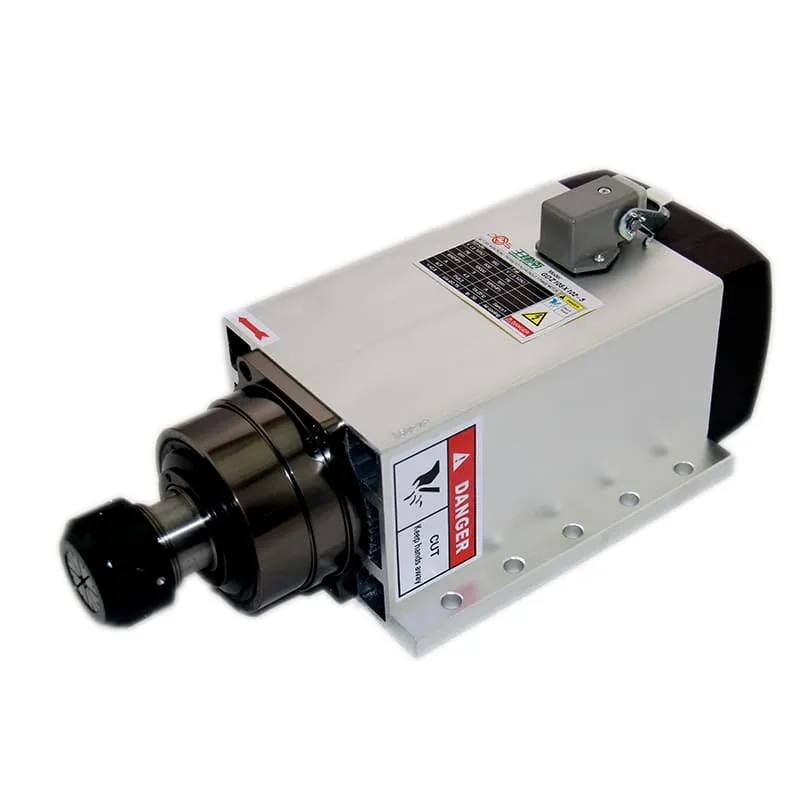
Designed for high durability and precision, this spindle minimizes operational problems.
FAQs on Making CNC Programs
1. What software do I need to make a CNC program?
You need CAD software for design, CAM software for generating tool paths, and CNC control software to run the machine.
2. Is G-code the only language for CNC programming?
G-code is the most commonly used language for CNC programming, but there are others, such as Heidenhain and Mazatrol, depending on the machine type.
3. Can beginners learn CNC programming easily?
Yes, with practice and the right resources, beginners can learn CNC programming. Starting with simple projects and gradually increasing complexity helps in learning effectively.
4. How can I troubleshoot a CNC program that isn’t working?
Check for syntax errors in G-code, incorrect tool paths, and ensure that all tools are set up correctly. Using simulation tools in CAM software also helps identify problems before they occur on the machine.
5. What is the difference between CAD and CAM software?
CAD software is used for designing parts, while CAM software is used to generate the tool paths and create G-code that the CNC machine will execute.
Conclusion
Learning how to make a CNC program is a powerful skill that opens up a world of precision manufacturing. From understanding CAD and CAM software to writing efficient G-code, every step is crucial for the successful production of parts. With the right tools and knowledge, you can create CNC programs that are both efficient and effective, bringing your designs to life with unmatched precision.
Whether you’re new to CNC programming or looking to upgrade your skills, having the right spindle and accessories can make all the difference. Explore our wide range of spindles and CNC accessories to ensure you have the best equipment for your CNC projects. Visit Spindle Motor Shop to find everything you need to get started today.

